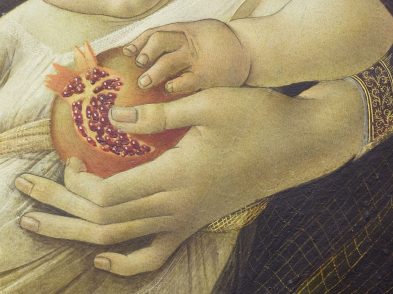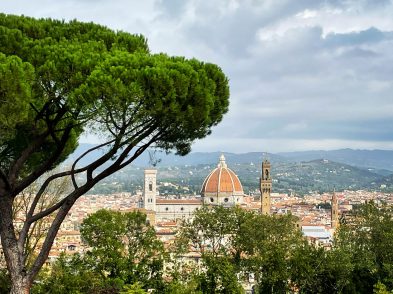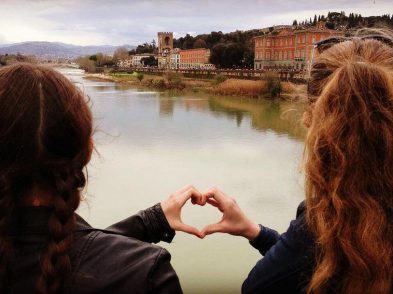Florence markets seem to be everywhere from the moment you leave Santa Maria Novella train station and walk by the vendors selling their wares at kiosks from San Lorenzo to piazza della Repubblica, from Sant’Ambrogio to the Oltrarno. They are unavoidable and, for newcomers, they are as ever present as the Duomo, the Arno and the ubiquitous art that defines Florence as the Renaissance city. Their existence is especially obvious at night when the spaces they normally occupy are empty or in the desolate morning hours when you can clearly hear the clickity clackity of the carrelli travelling to their sites to set up for the day.
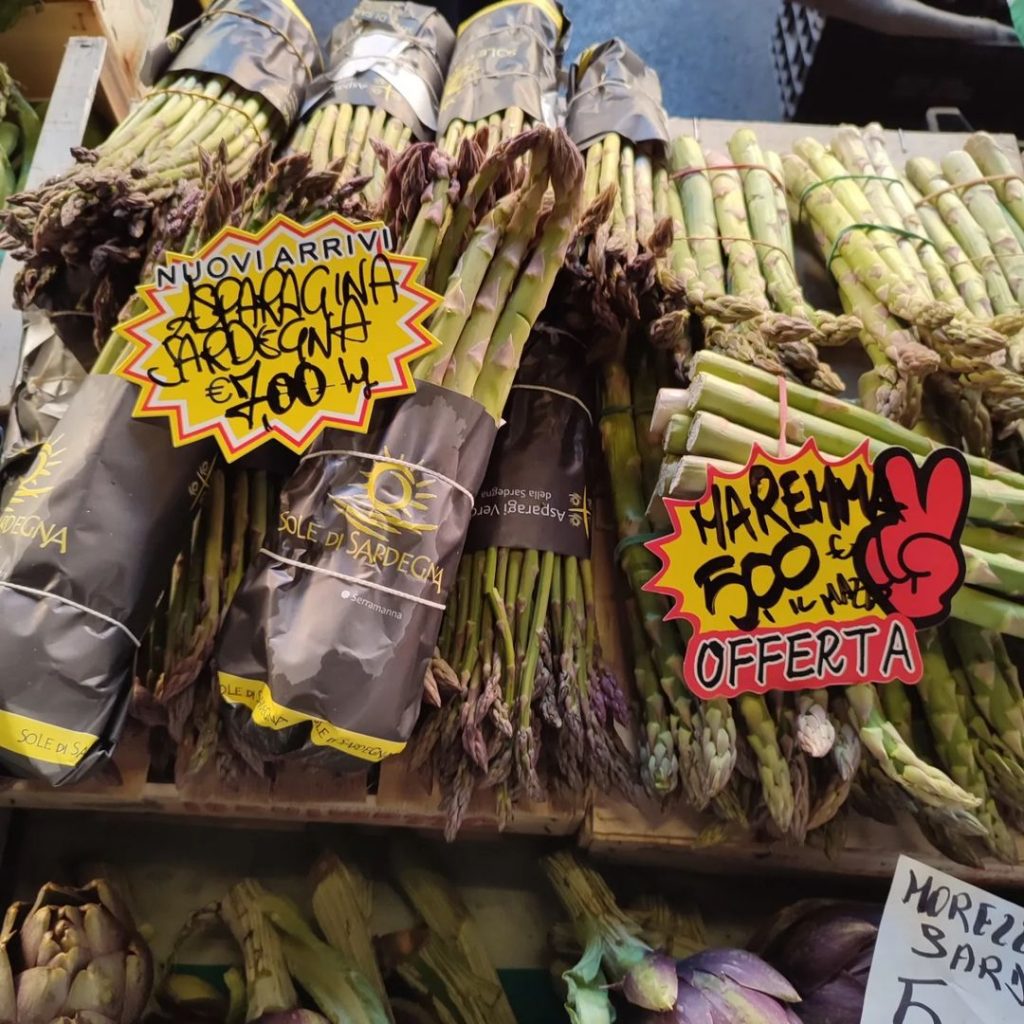
The connection between the market world of Florence and the beauty that infuses the city is not coincidental. While Florence originally came to prominence as a military outpost developed by Julius Caesar and the Romans around 59 BCE, it eventually emerged as a center for bankers and merchants because of its centrality between Venice and Rome in addition to its proximity to Pisa and the Arno River. It is well known that, by the thirteenth century, the Medici family, who gained their wealth through banking and commerce, had become one of the most important patrons of the arts fueling the Renaissance. In the Middle Ages, the Florentine merchants sold textiles, grains, spices, fruits, vegetables and wool in three primary markets: in the loggia at Orsanmichele church, on the Ponte Vecchio and in piazza della Repubblica. As Florence evolved, so did the markets.
Today, shopping at indoor markets like Mercato Centrale in San Lorenzo and Mercato Sant’Ambrogio is as much a sensual experience as it is a functional one. You can see every type of meat, fish and poultry, including chicken with heads and feet attached, hanging from hooks or meticulously laid out in glass displays, and shelves of every imaginable cheese, olive, oil, balsamic, pasta and pastry. The complex aromas of fresh food are intoxicating. Che profumi! You can grab a spuntino, panino, aperitivo or a sit-down meal in one of the restaurants. While the outdoor market at San Lorenzo is teeming with tourists in search of everything leather (vera pelle and “Made in Italy”), scarves, t-shirts, hats and other mementos, the outdoor market at the Sant’Ambrogio market is filled with Florence residents methodically doing their daily shopping, being offered samples of salami, prosciutto and artisan cheeses by friendly vendors. The accompanying clothing and housewares market rivals the largest of department stores at bargain prices.
Markets are much more than a place to shop. They are also important hubs of social connectivity. Thomas Tiemann, Professor Emeritus of Economics from Elon University, who researched farmers markets in the U.S., wrote in The Journal of Popular Culture (2004) that markets can serve as “informal associations” where “…people engage in conversation, discuss local concerns, sports, current events, and civic affairs, and learn a little about each other…” Tiemann says that markets are good for individuals and society in that “…we learn habits, like how to respect other people’s spaces and we come to recognize that we’re part of a larger society.” These interactions are as important to the life of a city as they are to individual psychological well-being. This may be even more true in Florence, which seems more like a village than a city, where markets have a central historical and permanent presence and are a way of life. The social importance of the markets has been especially true during times of pandemic isolation, which has prevented routine interactions from occurring in an Italian culture that typically has personal warmth and human association at its core.
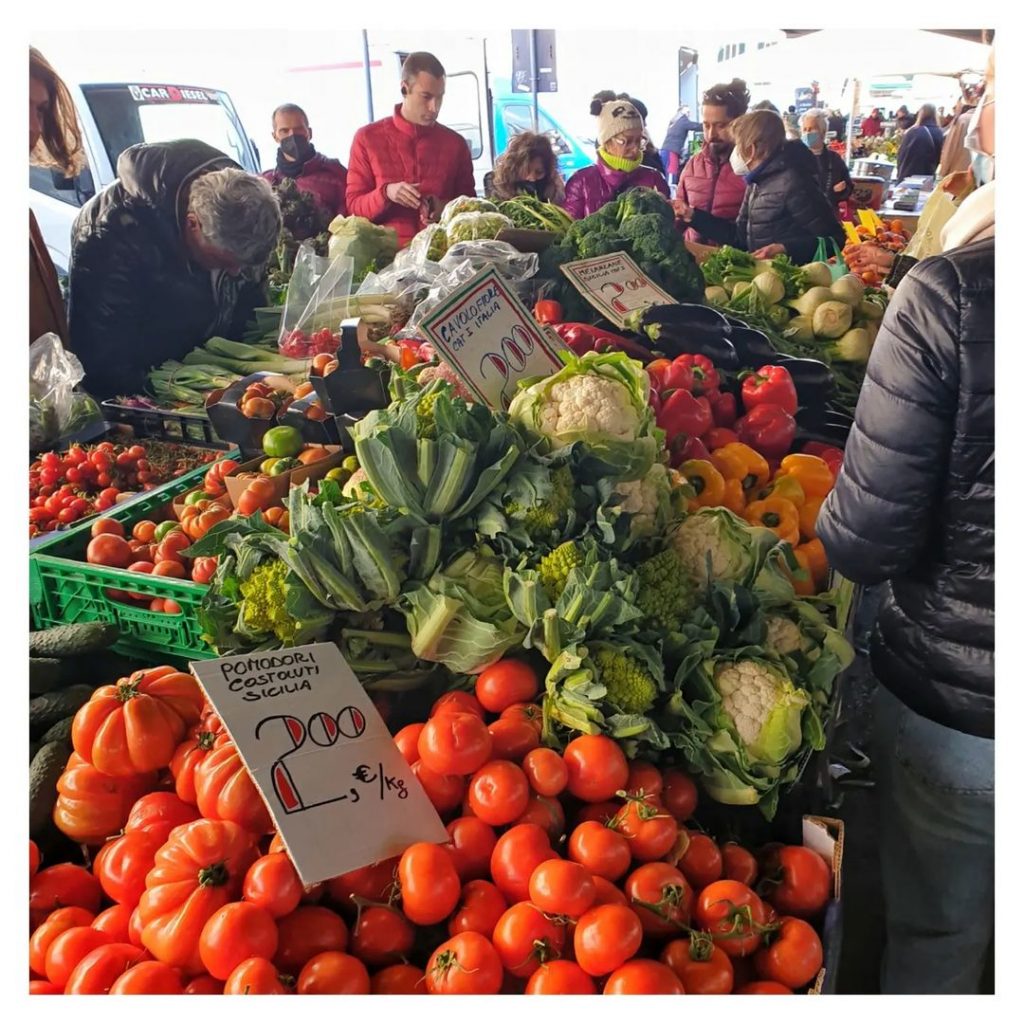
While the markets may not invoke the transcendent experience of the arts, they provide a venue for the everyday and vital human connection that is the heart and soul of the culture of Florence.
At the Saturday market in Santo Spirito or daily market in Sant’Ambrogio, in addition to finding unusual produce such as purple cauliflower, white eggplants, giant citrus and tomatoes that are perfetto per un ragù o sugo all’arrabbiata, you are just as likely to hear soccer fans engaged in a heated conversation about the rivalry between Fiorentina and Juventus, a group of men arguing about the latest restrictions by the Italian government, or whether a contemporary art exhibit should be in piazza della Signoria. At the weekly flower markets in piazza della Repubblica, you might be caught up in selecting from a dazzling display of fiori that would impress the most sophisticated horticulturalist as well as spending time talking to the vendor about your son’s fidanzamento or daughter’s graduation.
While the markets may not invoke the transcendent experience of the arts, they provide a venue for the everyday and vital human connection that is the heart and soul of the culture of Florence.


